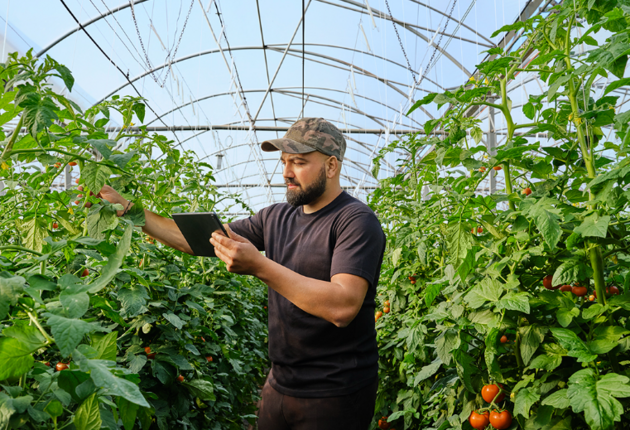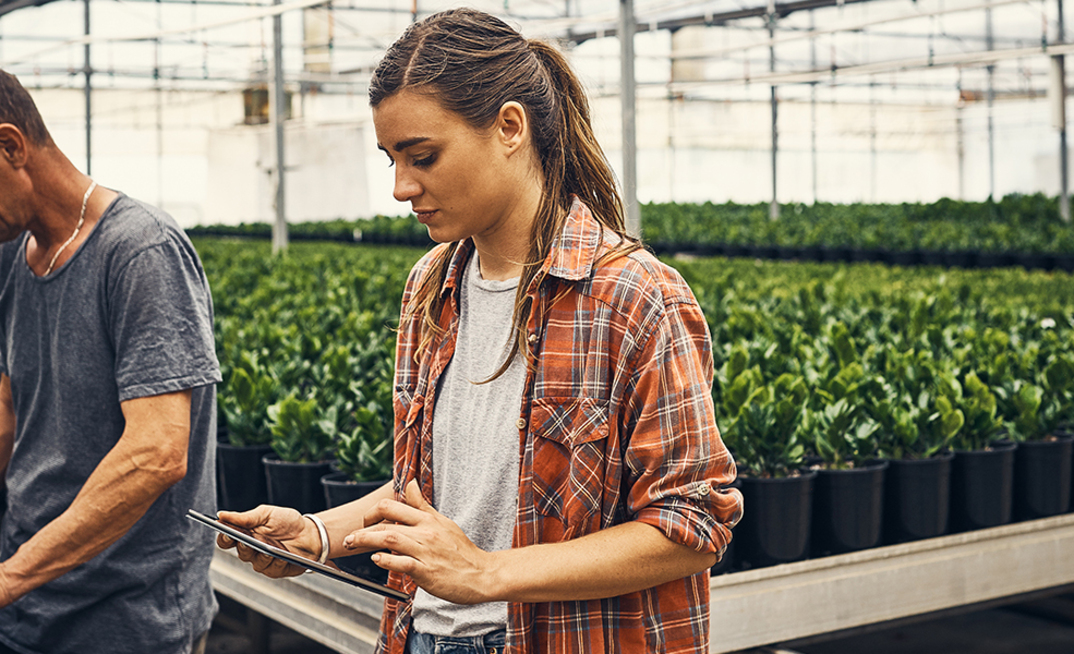In 2019, Telstra announced that our 3G network will be shutting down in June 2024. We are now well into 2022 and there's no better time than now to start the transition of your Internet of Things (IoT) devices and services.
Of course, making that transition to Telstra's 4G, 5G, LTE-M and NB-IoT networks comes with questions, which this article aims to answer, as well as cover a number of other topics related to communications used for agriculture.
This article is a summary of more comprehensive information from Telstra on 3G transition that you can access via a link at the end of this article.
By 2024, 3G will have been with us for 21 years and in that time, cellular technologies have improved dramatically in speed, latency and power consumption. In this respect, 4G is superior to 3G in every way and will have equivalent coverage to 3G prior to the closure date.

From Telstra's perspective, 3G closure is important because it frees up low band 850MHz spectrum so we can extend the reach of our 5G services.
It is true that IoT solutions in agriculture applications mostly don't need high speed or low latency, but network coverage and power consumption are increasingly important, especially for devices installed in remote locations. Another factor is the rapidly expanding scale of IoT.
More than five million IoT devices now rely on our network and this number is expected to grow exponentially.
Only the latest 4G and 5G technologies can cater to the massive volume of connections and traffic that IoT will generate. Modernising our network by closing 3G is critical so Telstra can continue providing our regional and rural customers with the best coverage, most reliable network and capacity to cater for this expected growth across Australia.
What IoT network technology should I choose as a replacement to 3G?
The three main options from Telstra are Narrowband IoT (NB-IoT), LTE-M and LTE:
- NB-IoT works well for battery powered applications with low data requirements such as water level or soil moisture sensors, where total cost of the solution is important and devices are deployed in hard-to-reach areas, such as below the surface.
- LTE-M is ideal when low power consumption is necessary, for devices that move around the network such as weather stations or livestock trackers that require low latency.
- LTE works for applications that are ‘always-on' and use large amounts of data, where speed is important, and applications require voice and seamless roaming.
Telstra's NB IoT and LTE-M coverage extends beyond traditional mobile coverage so, if you are on your farm and your mobile phone is showing that you do not have any 3G, 4G or 5G connectivity, this does not mean there is no IoT network coverage.
To check IoT coverage please check the coverage maps at: Telstra.com/iotcoverage
Read more about these network choices here: https://bit.ly/3JZvCQb
What modules or devices are certified by Telstra?
Telstra works with major IoT module manufacturers and many IoT device manufacturers to certify their devices for optimal use on our network. You can find out more by visiting: https://bit.ly/39axwRD
What should I consider when working out how long my transition may take?
If you buy an IoT device/product from a manufacturer, remember to factor in the time it will take for delivery and installation.
It's important to note that there is currently a global semiconductor shortage. While this is a short-term issue, it means that delivery times from many IoT module and device manufacturers (but not all) are now longer - up to 22 weeks on average.
Read more about transitioning from 3G here: https://bit.ly/3rGFyYx and for further support, email Telstra's 3G Migration team at 3GEnterpriseMigration@team.telstra.com
ABOUT THIS COMPANY
Telstra Australia
The Telstra mobile network reaches further, runs faster and works better than any other.
HEAD OFFICE:
- 242 Exhibition Street, Melbourne, Victoria, 3000, Australia
- Website: www.telstra.com.au/
- Phone: 132000
























